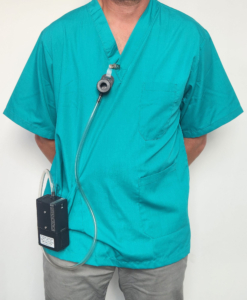Operating Theatre Events in 2026
Looking for some operating theatre events offering useful insights into operating theatre management and efficiency in 2026?
Don’t miss these five events for some great learning and networking experiences.
The Operating Theatres Conference 2026
5th February 2026 | CorpAcq Stadium, Manchester
This 11th Annual Operating Theatres Conference explores the latest innovations, strategies and best practices in operating theatre management. Topics covered include achieving NHS Net Zero, high-intensity theatre (HIT) lists, infection control, and staff wellbeing.
For more information click here.
The National Operating Theatres Show 2026
10th March 2026 | The Kia Oval, London
The Institute of Government & Public Policy’s Operating Theatres Show promises a host of learning and networking opportunities for surgeons, senior theatre practitioners and healthcare leaders. Agenda topics include Rebuilding Surgical Capacity; and Transforming Surgical Pathways: Minimally Invasive Approaches and Improving Flow from Community to Theatres.
For more information and the full agenda click here.
Theatres and Decontamination Conference 2026
19th May 2026 | Radisson Blu, Stansted
This one-day conference promises presentations from industry experts, healthcare professionals, and innovators to hear about the latest advancements, challenges, and best practices in operating theatre management, decontamination, and infection prevention. In addition, the event includes an exhibition of products and services.
For more information click here.
Operating Theatre Conference, EBME Expo 2026
24th to 26th June 2026 | Coventry Building Society Arena
For a range of expert speakers on operating theatre efficiency, safety and developments, plus the opportunity to network with colleagues, sign up to visit this insightful operating theatre conference.
For more information click here.
The Annual Operating Theatres Show 2026
10th September | Etihad Stadium, Manchester
This event will bring together clinical leaders, strategic thinkers, operational managers, policymakers, and innovators to tackle issues such as building surgical services fit for the future, driving down waiting times, maximising efficiency, and safeguarding patient care.
For more information click here.
Can’t make these operating theatre events?
If you can’t make it to these events, but are looking for a company that can help your operating theatres with workplace exposure monitoring, chemical spill kits and training, or absorbent mats, feel free to call the team at Cairn Technology on 0114 553 6960 or drop us an email at info@cairntechnology.com For more information on upcoming operating theatre events, follow our blog now.

 If you manage a fracture clinic plaster room or orthotics laboratory, it is important to ensure that your staff are protected against the risks of inhalable and respirable dust.
If you manage a fracture clinic plaster room or orthotics laboratory, it is important to ensure that your staff are protected against the risks of inhalable and respirable dust. To ensure that this is done, we equip each member of staff with personal sampling pumps and monitor their exposure to dust during a normal working period.
To ensure that this is done, we equip each member of staff with personal sampling pumps and monitor their exposure to dust during a normal working period.
